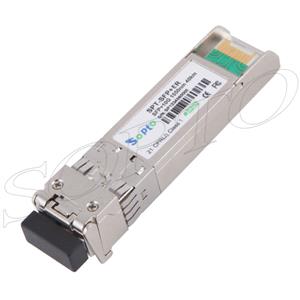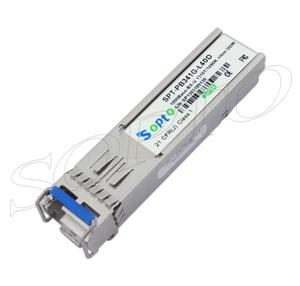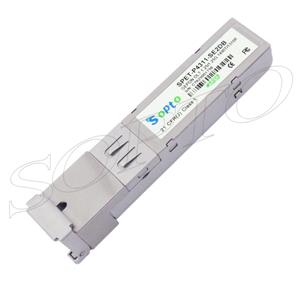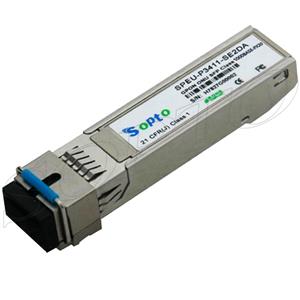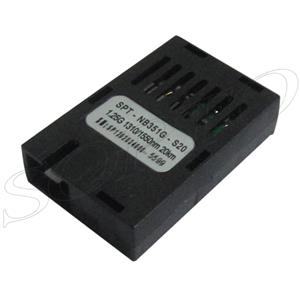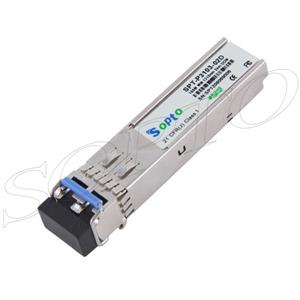-

- Sopto Home
-

- Special Topic
-

- Module Knowledge
-

- Digital Transceivers Differ From Analog Receivers
Module Knowledge
- Tips for Buying 10G XFP Transceivers
- XFP Transceivers for Telecommunications
- Three Types of Ethernet SFP Transceiver Modules Introduction
- Info about High Density CXP Optical Module
- Multipurpose CFP Optical Modules
- Info about CFP Management Interface
- SFP+ Transceivers Short Range Module Overview
- 3 Reasons Every Network Needs GLC-LH-SM Transceiver
- Is the GLC-SX-MM Transceiver Right for Your Switch?
SOPTO Special Topic
Certificate



Guarantee
Except products belongs to Bargain Shop section, all products are warranted by SOPTO only to purchasers for resale or for use in business or original equipment manufacturer, against defects in workmanship or materials under normal use (consumables, normal tear and wear excluded) for one year after date of purchase from SOPTO, unless otherwise stated...
Return Policies
Defective products will be accepted for exchange, at our discretion, within 14 days from receipt. Buyer might be requested to return the defective products to SOPTO for verification or authorized service location, as SOPTO designated, shipping costs prepaid. .....
Applications
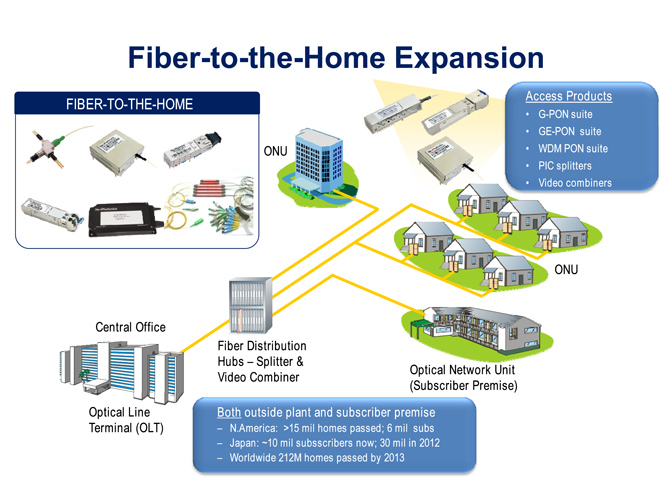 Fiber Optic Transceiver Modules can be applied to these occasions or fields.
Fiber Optic Transceiver Modules can be applied to these occasions or fields.
Ethernet
IPTV
FTTX
Security
Video Monitor
SDH/SONET
Data Communication
Storage Area Networks
SOPTO Products
- Fiber Optic Transceiver Module
- High Speed Cable
- Fiber Optical Cable
- Fiber Optical Patch Cords
- Splitter CWDM DWDM
- PON Solution
- FTTH Box ODF Closure
- PCI-E Network Card
- Network Cables
- Fiber Optical Adapter
- Fiber Optical Attenuator
- Fiber Media Converter
- PDH Multiplexers
- Protocol Converter
- Digital Video Multiplexer
- Fiber Optical Tools
- Compatible
Performance Feature
Stable
Low cost
Small size
Economic
Dust-proof
High speed
Hot-pluggable
Good EMI, EMC
Wide appliaction field
DDM function available
Long transmission distance
Good Anti-static performance
Module Knowledge
Recommended
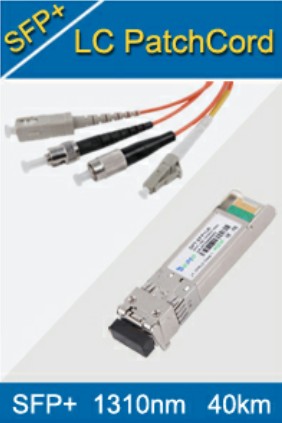
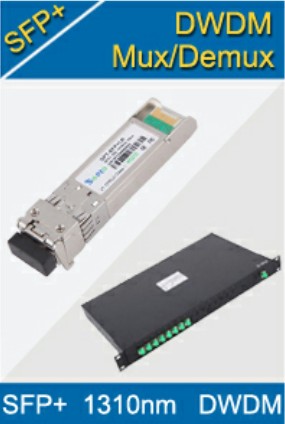
Digital Transceivers Differ From Analog Receivers
The role of an optical receiver is to convert an optical signal into an electrical signal. The goal of an optical transmitter is to convert an electrical signal into a modulated optical signal. These requirements define digital transceivers as well as analog receivers and transmitters. However, they differ from each other in respect of design requirements and design considerations, irrespective of digital or analog. The digital transceivers deal with large signals, while the analog receivers handle smaller signals per channel and overall large loading due to multi tone transport. On the other hand, both topologies have common requirements that can be analyzed similarly, such as sensitivity and jitter, with minor differences.
Digital transceivers, however, differ from analog with respect to interfaces, controls, status, reports, and indications due to the differences in mode of operation. As for transmission, an analog transmitter handles fewer signals per channel since the optical modulation index (OMI) is low, about 4% per channel at maximum. But it has to transmit many channels; hence, the loading is similar to that of a large signal. The modulation depth for a digital transmitter is that of a large signal, driving the laser between threshold to high conduction and high optical power.
40KM SFP+ ER Optical Transceiver
Digital transceivers consist of three main blocks.
1. The optics section, which can be wavelength division multiple access/multiplexing (WDM) duplexer module, triplexer module, or laser PD block transmitter optical subassembly (TOSA) and PD module receiver optical subassembly (ROSA).
2. The receive section, which is an electrical circuit.
3. The transmit section, which is an electrical circuit.
Additional functionalities are added to the transceiver module in order to provide the system management indications, control, and diagnostics such as the follow.
1. Transmitter burst control
2. Laser temperature sensing
3. Laser thermoelectric cooler (TEC) control loop
4. Receiver signal detection
Digital transceivers are well defined by standards. The TUV standard defines the means for eye safety and laser shut down for eye protection. This eye safety circuit turns off the laser and prevents high current to bias the laser; high optical power emission that can damage the eye is prevented. Data rates are defined as OC12, 24, 48, etc.
1.25Gbps 40km SFP Bi-Di Transceiver
Packaging standards were defined by the multisource agreement (MSA) as listed below. However, packaging standards for CATV receivers or FTTx integrated triplexers (ITR) or integrated triplexers for the curb (ITC) form factors are not defined by standards. Digital transceivers cover broadband data rates up to 10 GHz XFP.
Digital transceivers in optical networks operate in TDM (time division multiplexing) in order to serve more users when utilizing the same wavelength. A digital transceiver block diagram is provided by the figure below.

A digital transceiver block diagram
Sopto, as a famous fiber optic manufacturer, offers many other kinds of fiber optic transceiver like SFP Transceiver, GBIC Transceiver, CWDM SFP Transceiver, DWDM SFP Transceivers, SGMII SFP Transceiver, SFP+ Transceiver, XFP Transceiver, X2 Transceivers, Xenpak Transceiver and more. For the newest quotes, please contact a Sopto representative by calling 86-755-36946668, or by sending an email to info@sopto.com. For more info, please browse our website.
You May Like:





-180x180.JPG)

